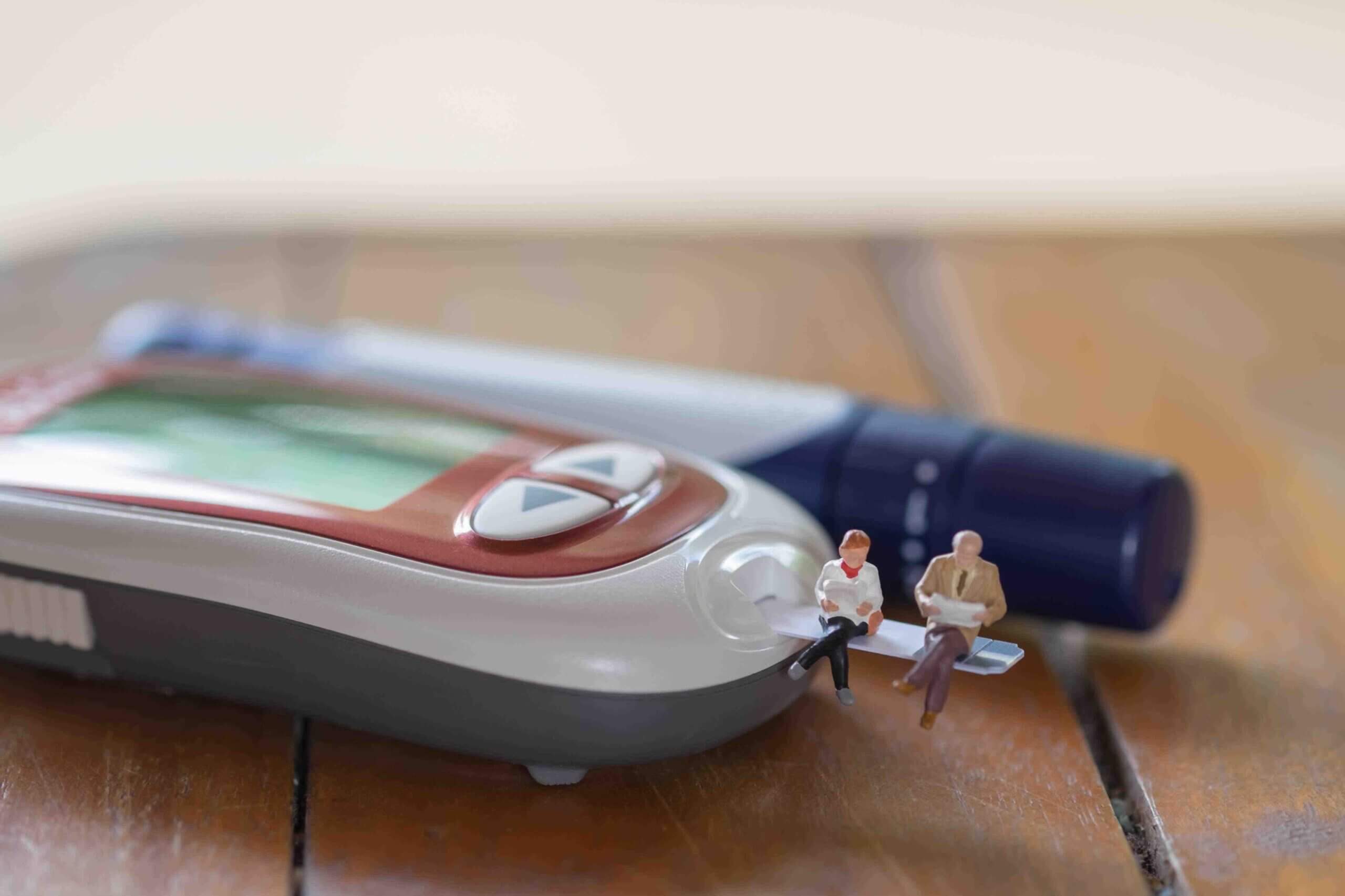by IHSG
Share
by IHSG
Share

Defined as a plasma glucose level below 3.0 mmol/L (54 mg/dL) without any of the typical symptoms of hypoglycaemia, AH tends to occur more commonly in people with a history of frequent hypoglycaemic episodes.1 While not synonymous with impaired awareness of hypoglycaemia (IAH), asymptomatic hypoglycaemia may both lead to and result from IAH.
AH has been recognized since the pre-technological era of diabetes management, and every decade has brought new insights into the phenomenon. In an illuminating 1990 study,2 66 subjects on conventional insulin regimens for type 1 diabetes recorded their blood glucose levels at specified intervals during a 3-week period. Subjects were asked to report whether they “felt hypoglycaemic” at sampling times and to collect extra samples if they felt low at any time during the study period.
The study found that biochemical hypoglycaemia was present in only 29% of the symptomatic episodes, while only 16% of the biochemical episodes were accompanied by symptoms. These dramatic divergences between biochemical and clinical realities underscored the unreliability of symptoms as an indicator of low blood glucose.
Modern-day research has corroborated this reality. Based on accumulated evidence to date, experts believe that AH accounts for up to three-quarters of all hypoglycaemic events in type 1 diabetes. The figure for type 2 diabetes is likely lower.
I have found AH to be particularly frequent in patients with HbA1c in or close to the target range, who do not bring glucose data to the consultation. They may not measure much and may be heavily burdened by AH without knowing it.
While generally mild from a biochemical standpoint, AH episodes still take a toll on the body. It is also worth noting that non-severe bouts of hypoglycaemia, including silent hypoglycaemia, account for a significant minority of expenses associated with diabetes.3
The past predicts the future
How much does a history of hypoglycaemia play into AH? A recent study addressed the question. The prospective observational trial, which involved 153 unselected subjects with type 1 diabetes, explored the association between hypoglycaemic exposure, AH, and the resultant risk of severe hypoglycaemia.1 Over a 6-day period, subjects underwent blinded continuous glucose monitoring (CGM) and their hypoglycaemia symptoms were recorded, with the proportion of AH events as the main outcome measure.
Most (87%) patients presented with at least one episode of biochemical hypoglycaemia during the study period, with an average of 6 events per patient. Patients were segmented into 4 groups based on the number of hypoglycaemic events during the recording period: 1, 2-3, 4-6 and ≥7 events. These events occurred without symptoms in 57%, 61%, 65%, and 80% of cases, respectively (p < 0.001), demonstrating a significant association between hypoglycaemic exposure and AH. In addition, a higher fraction of AH events predicted a greater risk of severe hypoglycaemia (IRR 1.3, p = 0.003).
An underrecognized impact
Asymptomatic hypoglycaemia remains underrecognized by primary care physicians, who often lack the knowledge and training to ask patients about it. Indeed, a 2012 review of studies on hypoglycaemia found that physicians were not consistently prompting people with diabetes to discuss or track their silent lows.4
Asking patients about their symptomatic episodes—a standard clinical approach—does not uncover the true hypoglycaemic burden. Assessing symptoms and glucose data jointly, as done in the above-mentioned study, is a much sounder practice as it enables physicians to get a sense of the frequency of asymptomatic events, which are associated with IAH and increased risk of severe hypoglycaemia. Particular attention should be given to patients with a history of frequent hypoglycaemia, who stand to derive the greatest benefit from therapeutic strategies to reduce the risk of future episodes.
I always collect SMBG data and try to map the occurrence of AH in the recent data. If I suspect frequent AH, I use blinded CGM together with a detailed diary. This will often lead to interventions such as review of insulin therapy, adjustment of glycaemic target, or behavioural or dietary changes.
References
- Henriksen MM et al. Hypoglycemic Exposure and Risk of Asymptomatic Hypoglycemia in Type 1 Diabetes Assessed by Continuous Glucose Monitoring. J Clin Endocrinol Metab. 2018 Mar 29.
- Pramming S et al. The relationship between symptomatic and biochemical hypoglycemia in insulin-dependent diabetic patients. J Intern Med 1990; 228:641-6.
- Harris B et al. Out of pocket costs of managing hypoglycemia and hypoglycemia in patients with type 1 diabetes and insulin-treated type 2 diabetes. Can J Diabetes 2007; 31:25-33.
- Unger J. Uncovering undetected hypoglycemic events. Diabetes Metab Syndr Obes 2012; 5:57-74.





